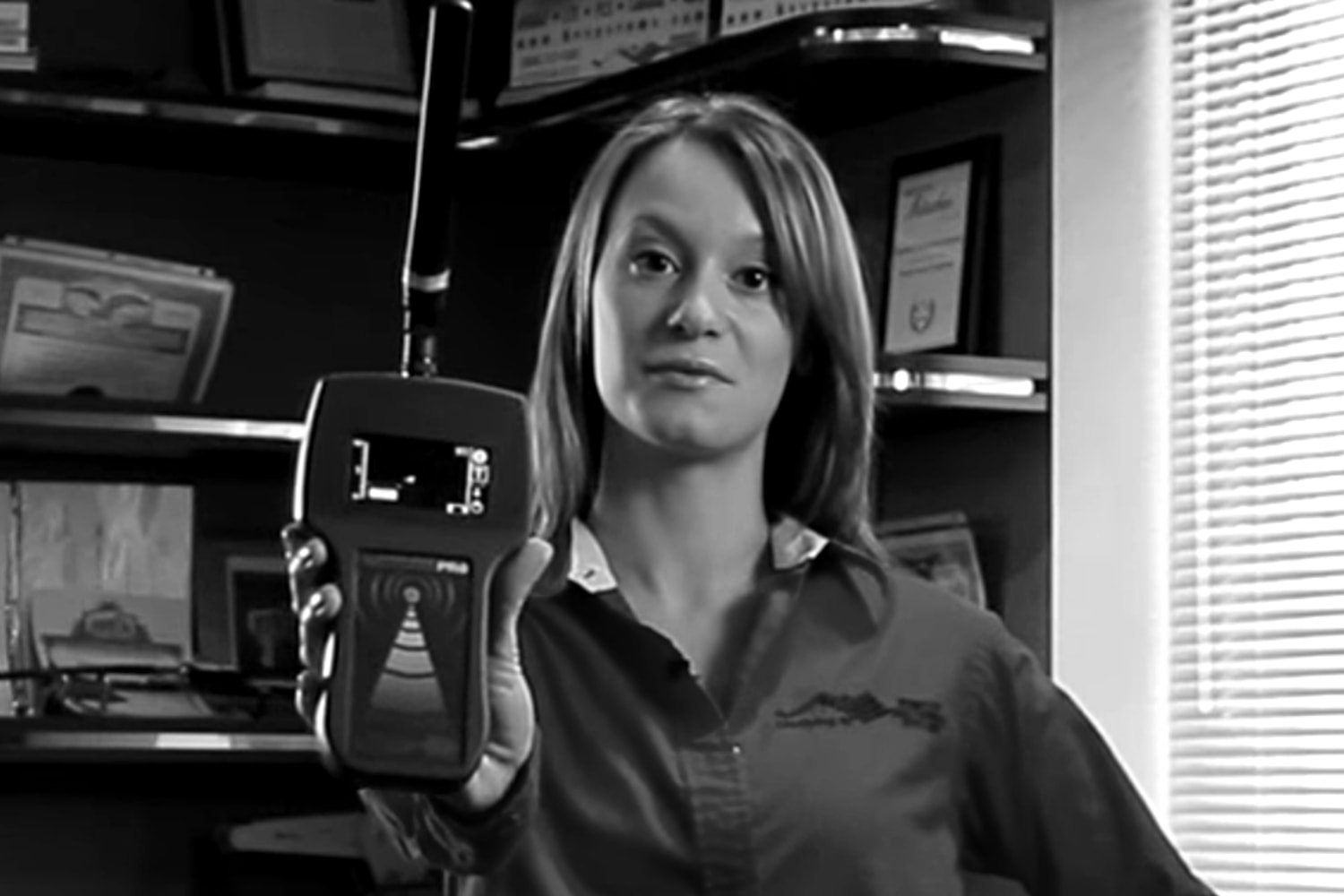
08 Jul Sniffing Dogs Vs. Wolfhound-PRO: Detecting Mobile Phones In Prisons
Why not just jam the cell phone signals?
Sausalito, Calif. – Jul. 8, 2020
We’ve all seen the movies about going to prison — Escape From Alcatraz, starring Clint Eastwood, or the Oscar-nominated film The Shawshank Redemption — and they’re accurately brutal in depicting the security conditions inside the joint. Given that smuggling anything out is nearly impossible, it’s hard to imagine smuggling in something as powerful and dangerous as a mobile phone, and yet, it’s a regular problem for prisons.
That’s one of the quandaries that confronts cybersecurity expert Scott Schober, the CEO of one of the country’s top wireless security firms, Berkeley Varitronics Systems, and the author of numerous books on the subject, including most recently, Cybersecurity is Everybody’s Business. In this video chat, Schober talks about a wide variety of cybersecurity topics but our focus today is on the complex problem of detecting contraband mobile phones being used by inmates in American prisons.
As you’ve probably guessed by now, contraband is a valuable commodity in prisons but a working cell phone might as well be gold. They’re smaller than they used to be and with the capabilities enabled by today’s smartphone, they might as well be a mini-computer.
So, what’s the big danger in a prisoner getting a cell phone?
Cybercrime TV: Scott Schober, Cybersecurity Inventor and Author
How cell phones are smuggled into prisons and detected
First, Schober explains, they present a huge risk to security personnel. Not only do they enable outside communication, which can lead to more contraband and exposure, but they can also disrupt the very security systems that are meant to keep guards safe. Other uses include taunting witnesses, controlling gang activity and even planning escapes.
Well, why not just jam the cell phone signals?
It’s a logistical nightmare for starters, and it’s illegal. The spectrum of signals is licensed to carriers like Sprint or Verizon by the Federal Communications Commission (FCC) and blocking that spectrum is tantamount to theft, so it can’t be done. In addition, the communications methods employed by everyone from prison administrators down to guards involves an awful lot of bandwidth across numerous channels, so interruptions could cost lives, as Schober explains here.
Contraband is fairly common in prisons. We all know the old gag about smuggling in a breakout tool in a birthday cake but the methods used by prisoners today are way more complex. Listen to the podcast to hear Schober explain the complex and futuristic methods that prisoners use to get cell phones smuggled over the wall.
The really interesting part of this short but fascinating podcast comes as Schober explains how his firm and other experts in this field are tackling the problem. Dogs, for example, do an amazing job but it’s a fairly expensive proposition involving the right breeds and training.
You would think that metal detectors would do the trick but the problem with today’s mobile phones is that there’s very little metal in them. Simply palming a cell phone or hiding it below the knees where most scanners have limited range will allow just about anyone — a visitor, a lawyer or even a compromised guard — to bring in a very dangerous method of communications and disruption in the form of a mobile phone.
The real answer lies in technology and mobility and Schober’s firm has developed methods that are far more reliable that enable prison authorities to locate and seize contraband mobile phones from prisoners in real time. If you’re interested in the multifarious ways that prisoners can secure dangerous devices and how security experts are tackling this complex problem, this video interview is a must-watch.
Woof, woof. Wolfhound-PRO cell phone protector anyone? In addition to a knack for cat and mouse play, Schober knows a thing or two about product naming.
– Clayton Moore is a Cybercrime Magazine freelance writer.



 –
– 